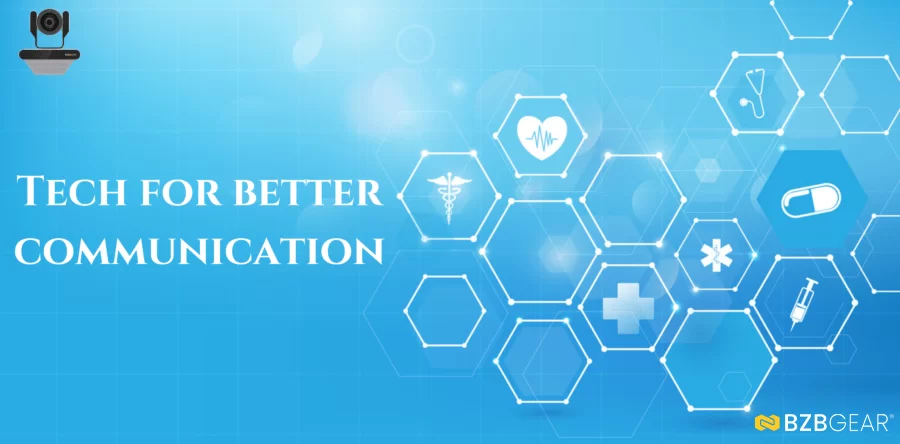Improving Virtual Communication with Patients: New Tech for Telehealth

If you've been keeping up with the latest technological advancements, you may have noticed the current rise of AI-integrated solutions. One of these AI-powered solutions is auto-tracking PTZ cameras. Not only are these products trending among AI solutions, but they're also gaining popularity in the telehealth industry.
Auto-tracking cameras have become increasingly popular in telehealth applications due to their ability to provide a more engaging and personalized experience for patients and healthcare providers. Some of the benefits of an auto-tracking camera for telehealth include:
Improved visual experience: Auto-tracking cameras can follow the movement of the patient, ensuring that they remain in the frame at all times and providing a more dynamic and engaging visual experience. This can be particularly important for telemedicine consultations that involve physical assessments or examinations. Patients may have difficulty verbally describing their exact concerns or symptoms when they are not capable of physically showing the medical professional what they are describing. This can lead to miscommunication between patients and their healthcare providers in the long run.
Increased efficiency: With an auto-tracking camera, healthcare providers can focus on the patient and their needs without worrying about adjusting the camera or struggling to keep the patient in the frame. This can help to reduce consultation times and improve overall efficiency.
Better communication: Auto-tracking cameras can help create a more natural and comfortable conversation between the patient and healthcare provider. They can maintain eye contact and see each other clearly throughout the consultation. As mentioned before, patients will be able to describe their symptoms and concerns more confidently and clearly, since they will be able to physically show what they are trying to communicate. On the other hand, healthcare providers using an auto-tracking PTZ camera can do the same and also include a presentation aid such as a PowerPoint or whiteboard, while still remaining in the frame while they move around and speak.
Enhanced patient satisfaction: Patients may feel more comfortable and at ease during telehealth consultations when an auto-tracking camera is used, as they can see that their healthcare provider is fully engaged and attentive. When having critical conversations, such as a conversation about your well-being, stress levels can be a lot higher than usual, which can have negative impacts on a patient's intake of information and overall experience. With a traditional stationary camera, the stillness can create a perception of seriousness, which can make good news about test results feel a lot tenser than it should. Auto-tracking, in this situation, allows the healthcare provider to communicate more relaxed and openly with their patient, lightening the mood and minimizing tension.
Improved accuracy: Auto-tracking cameras can help to ensure that healthcare providers can see and assess the patient's condition accurately, particularly in cases where physical assessments are required. When using a camera for inpatient monitoring, it's crucial to see the patient in their complete and free range of motion to get a complete and accurate representation and understanding of their condition.
Overall, an auto-tracking camera can provide significant benefits for telehealth consultations, helping to improve the patient experience, increase efficiency, and enhance the accuracy of assessments and examinations.
8.00 a.m. - 5.00 p.m. (PST)
10.00 a.m. - 3.00 p.m. (PST)
(by appointment only)



